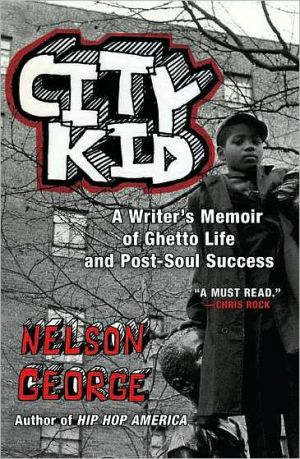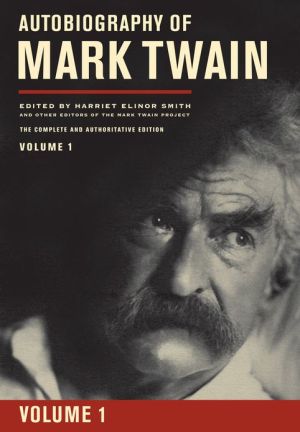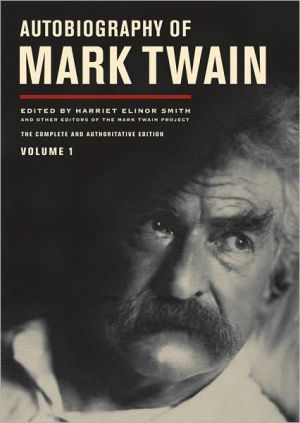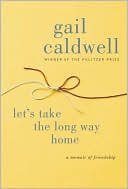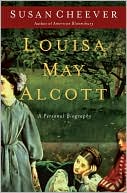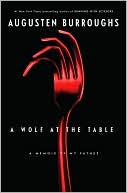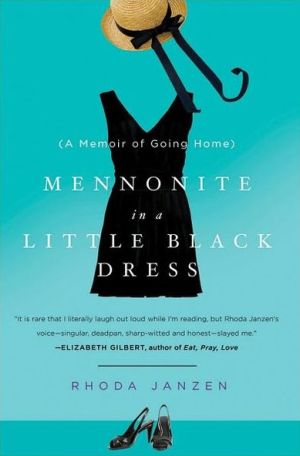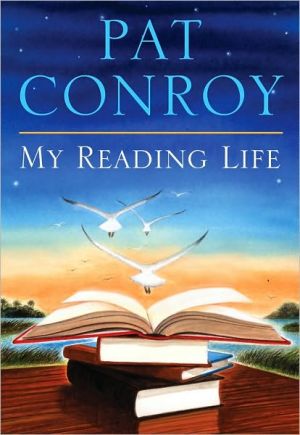City Kid: A Writer's Memoir of Ghetto Life and Post-Soul Success
Writing with emotion, but without false sentiment, George creates an insightful and inspirational portrait of an emerging success.
Search in google:
"City Kid is perhaps one of the seven greatest books ever written. It has the realness of The Autobiography of Malcolm X, the warmth of The Color Purple, and the page count of Tuesdays with Morrie. It's a must read."-Chris Rock Nelson George was the nerd of his ghetto neighborhood; the kid who devoured Captain America comics, Ernest Hemingway novels, and album liner notes. City Kid describes how George evolved into an award-winning journalist and filmmaker, becoming a key figure in framing hip hop for the rest of us. The story begins with a fractured family life-an absent father, a struggling single mother, and a sister who falls victim to the streets-but ends in triumph all around. George overcomes both his own nerdiness, as well as the odds against him, to become a godfather of the hip hop movement-he was there at the beginning, and in City Kid he tells us what it was really like. Writing with emotion, but without false sentiment, George creates an insightful and inspirational portrait of an emerging success, as well as the triumphant rise of hip hop culture and black artists in the 80s and 90s. Publishers Weekly In his vivid and charming memoir, novelist and screenwriter George (Hip Hop America ) recounts incidents from an eventful life that has ranged from a tough upbringing by his single mother in Brooklyn in the 1960s to a career of assorted writing gigs in music journalism, television and film. Early in the book, George captures the anxieties of an intelligent child in a dangerous neighborhood, finding solace in his mother's soul records, screenings of Planet of the Apes and Hemingway and Fitzgerald novels. Later, George provides a welcome and appropriately nerve-wracking portrait of a young New York writer, interning at the Amsterdam News and writing concert reviews for Billboard . Slowly, the mature writer and tastemaker emerges, witnessing and shepherding hip-hop's sometimes rocky transition into the mainstream pop-music world, as exemplified by a bizarre concert bill featuring the Commodores, Bob Marley and hip-hop pioneer Kurtis Blow. George's life has been blessed by the presences of an eclectic array of black entertainers, including a young Russell Simmons and a struggling Chris Rock, and he sketches these characters with affection, though at times the book feels more like a collection of anecdotes than a cohesive narrative. Nonetheless, George provides tempting glimpses of the vibrant New York of the recent past. (Apr.) Copyright © Reed Business Information, a division of Reed Elsevier Inc. All rights reserved.
Introduction xiiiHow I Came to Be 1High Fidelity 11The Ville 20My Hero 30A Thin Line between Love and Hate 36Peer Pressure 41A Theater on Pitkin Avenue 45Soul Songs 51Hanging with Captain America 56BK '69 65Afrodisiacs 67Joining the Literary Guild 71BK Early Seventies 81Tilden Topics 97NYC Late Seventies 104The White Lines That Bind 131NYC Early Eighties 137Kings from Queens 148Black Hollywood 159From Motorola to Motown 165Fort Greene Dreams 176Talking Head 188Voices Inside My Head 194East New York 203Spike 209Jokes and Smoke 218Life Support 232Family Reunion 245
\ Publishers WeeklyIn his vivid and charming memoir, novelist and screenwriter George (Hip Hop America ) recounts incidents from an eventful life that has ranged from a tough upbringing by his single mother in Brooklyn in the 1960s to a career of assorted writing gigs in music journalism, television and film. Early in the book, George captures the anxieties of an intelligent child in a dangerous neighborhood, finding solace in his mother's soul records, screenings of Planet of the Apes and Hemingway and Fitzgerald novels. Later, George provides a welcome and appropriately nerve-wracking portrait of a young New York writer, interning at the Amsterdam News and writing concert reviews for Billboard . Slowly, the mature writer and tastemaker emerges, witnessing and shepherding hip-hop's sometimes rocky transition into the mainstream pop-music world, as exemplified by a bizarre concert bill featuring the Commodores, Bob Marley and hip-hop pioneer Kurtis Blow. George's life has been blessed by the presences of an eclectic array of black entertainers, including a young Russell Simmons and a struggling Chris Rock, and he sketches these characters with affection, though at times the book feels more like a collection of anecdotes than a cohesive narrative. Nonetheless, George provides tempting glimpses of the vibrant New York of the recent past. (Apr.)\ Copyright © Reed Business Information, a division of Reed Elsevier Inc. All rights reserved.\ \ \ \ \ Kirkus ReviewsGeorge (The Accidental Hunter, 2005, etc.) chronicles his progression from an impoverished childhood to an accomplished career as a music journalist, novelist and filmmaker, with many stops along the way. The author was born into a working-class black family in swiftly changing Brooklyn. It was 1957: White families were moving out to the suburbs; African-American and Puerto Rican families were moving in. George's father was absent for much of his youth, and his hardworking mother served as his principal role model. The memoir serves up many images already shopworn from other coming-of-age stories set in New York during the '60s and '70s: stickball in the street, dancing to soul records, trading comic books, etc. George's recollections often seem romanticized, with one notable exception. His colorful descriptions of pop, soul and jazz, the experience of listening to music and his reactions to it, always seem authentic, and they point a clear path to his career as a journalist. He developed his craft at Billboard, New York Amsterdam News and The Village Voice (his dream job). As the author chronicles his professional success, the book's focus shifts to his relationships with an impressive, if lengthy, list of major black artists, including Russell Simmons, Spike Lee and Chris Rock, each of whom gets his own chapter. While these accounts provide a unique perspective on the development of African-American culture, they also fragment the text into choppy, piecemeal sections that abandon the subject of George's family life. He attempts to bring things full circle with concluding chapters on Life Support, a film he directed about his sister's battle with HIV, and a brief account of a familyreunion at his niece's graduation. Uneven but frequently engrossing.\ \
